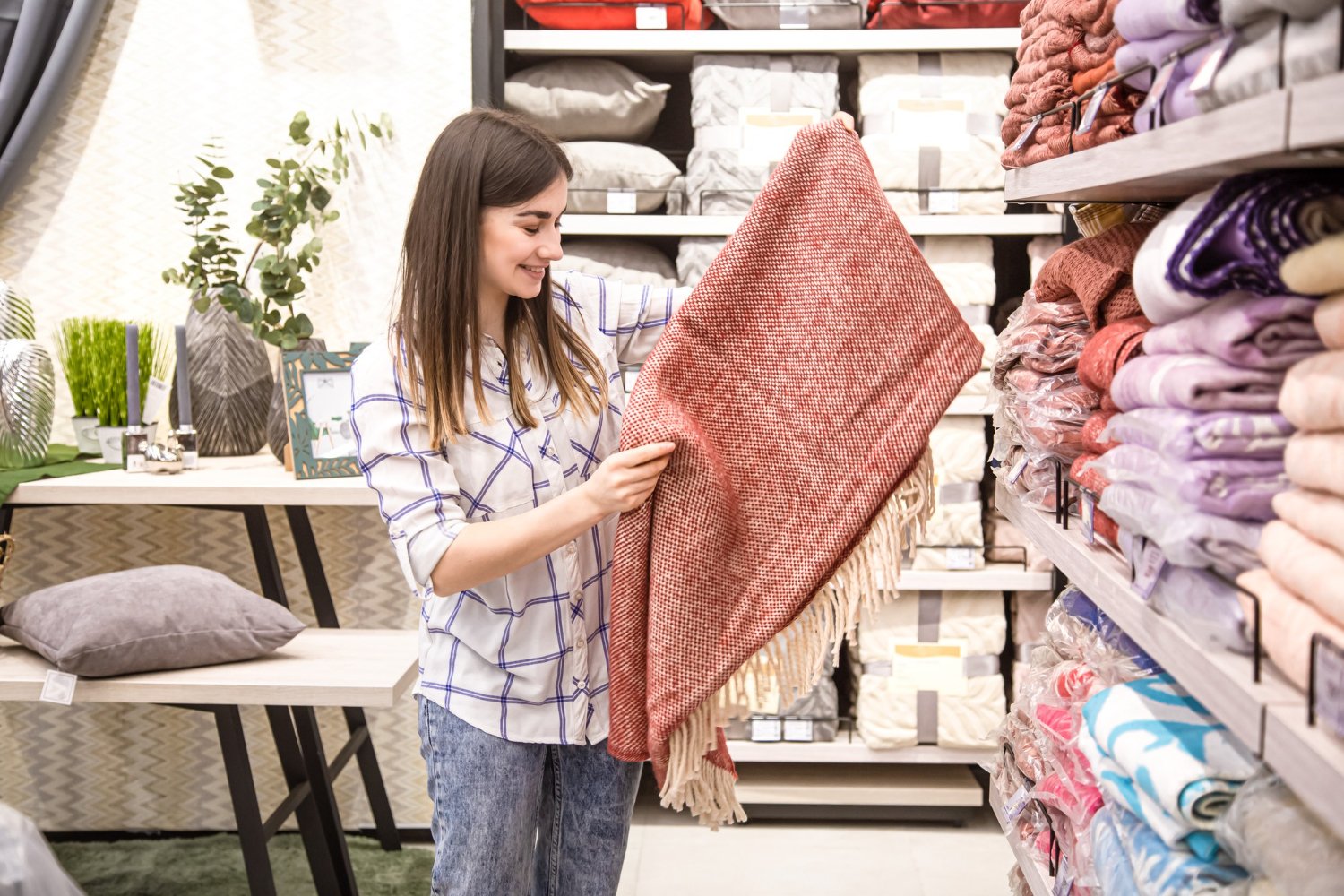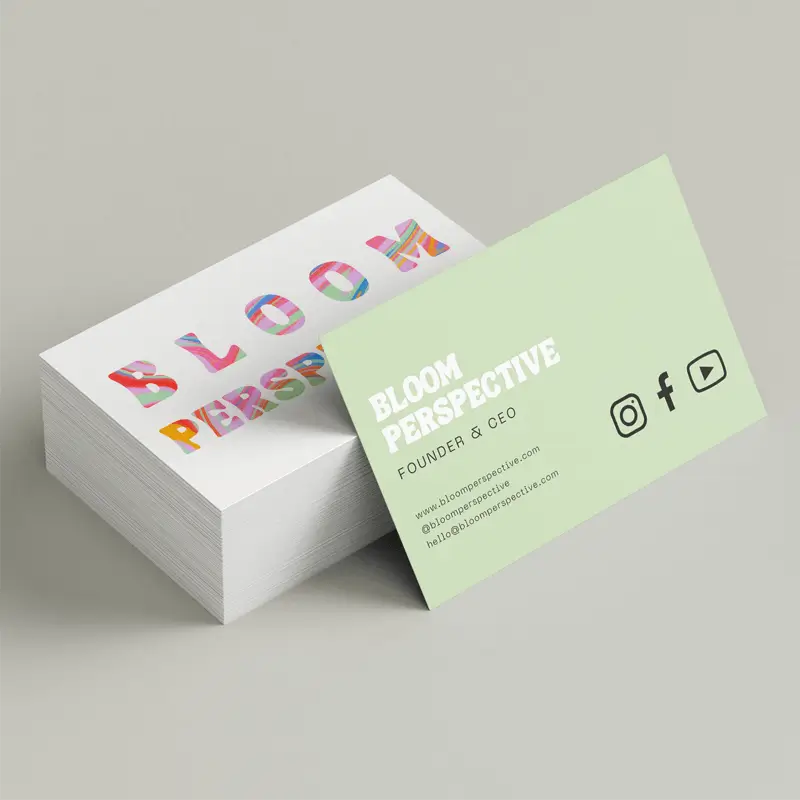What Are the Environmental Benefits of Sustainable Textiles?

In a world where fast fashion policies and artificial substances dominate, sustainable textiles have emerged as a beacon of wish for our planet. They are not just a trend however a need for a greener destiny. Like choosing T & A top quality bed linen not only enhances your comfort but also supports environmentally-friendly textile practices. Let’s get to the bottom of the advantages of sustainable textiles and notice how they weave brighter the next day.
Reduced Environmental Impact
Unlike their artificial counterparts, which often go away behind a poisonous legacy, those textiles are kinder to Mother Earth. Traditional textile production can be a dirty enterprise, involving chemicals, pesticides, and dyes that leach into our water and soil.
Moreover, those fabrics are often biodegradable, that means they received it linger in landfills for hundreds of years, polluting the earth long after their usefulness has faded. When you pick sustainable textiles, you’re voting for a purifier, a more healthy planet. Now, that’s something to be ok with!
Improved Sustainability
Take bamboo, for instance. It’s one of the fastest-growing flora on Earth, desiring little water and no insecticides. When harvested, it doesn’t want to be replanted; it just maintains developing! Now, that’s sustainable.
Sustainable textiles are frequently produced in methods that are kinder to the employees, too. Fair hard work practices and safer running situations are often element and parcel of sustainable fabric manufacturing, making it higher for each person involved.
Reduced Carbon Footprint
Conventional textile manufacturing is strength-in depth and relies closely on fossil fuels, contributing substantially to greenhouse fuel emissions. On the other hand, sustainable textiles often require less strength to provide and can be made using renewable power sources.
Consider organic cotton, that is grown without synthetic fertilizers and insecticides, leading to fewer emissions. Or wool, a natural insulator that doesn’t want a good deal inside the way of processing. By deciding on sustainable textiles, you’re no longer just decreasing your very own carbon footprint; you’re also encouraging the enterprise to move toward extra eco-friendly practices. And each little bit helps!
Safe for Human Health
The textiles we choose may have a right away effect on our well-being. Conventional textiles regularly come with a bunch of chemicals, formaldehyde, flame retardants, and pesticides, to call a few. These chemical substances can linger in the material, main to skin infection, hypersensitive reactions, or even extra intense health troubles over time.
Better for Animal Welfare
Sustainable textiles regularly offer cruelty-free alternatives. For instance, substances like organic cotton, hemp, and Tencel are totally plant-based, requiring no animal products. Even when animal products are used, like wool, sustainable practices ensure that the animals are dealt with with care and appreciation. So, when you opt for sustainable textiles, you’re also standing up for animal welfare.
Water Conservation
Water, our maximum precious resource, is regularly taken for granted in fabric manufacturing. Conventional cotton, as an example, is notorious for its thirst, guzzling sizable amounts of water throughout its increase and processing levels. This overconsumption of water results in depleted water resources and harassed ecosystems.
Sustainable textiles are a unique story. They are regularly crafted from plants that require substantially much less water. Organic cotton, as an example, makes use of rainwater more successfully and relies much less on irrigation. Then there’s hemp, a real water-saving champion, which makes use of approximately half of as much water as cotton.
But the water financial savings aren’t prevented at the farming level. Sustainable textiles are also produced with more water-green strategies, lowering water waste and pollution. By choosing sustainable fabrics, you’re supporting one of the Earth’s maximum essential sources. Talk approximately making a dash within the right course!
Waste Reduction
Sustainable textiles, but, provide a distinctive technique. These fabrics are regularly extra long lasting, meaning they remain longer and don’t need to be replaced as often. Plus, they’re regularly made from recycled materials, like polyester from plastic bottles or upcycled fabric. This now not only reduces the want for virgin substances however additionally cuts down on waste.
Even at the stop in their life cycle, sustainable textiles can be composted or recycled, closing the loop and lowering the burden on our landfills. By selecting sustainable textiles, you’re taking a stand towards waste and supporting to create an extra circular economic system.
Read also: How AI Enhancing Quality Control in Textile Manufacturing?










